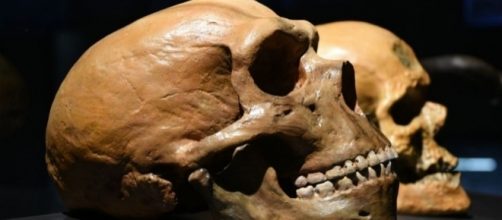For the first time in history, scientists were able to prove that Ancient Humans once lived in old Siberian caves using only DNA and soil. The actual finding of the soil isn't the miraculous part of this story; it's the method used in the discovery. DNA containing mitochondria from an ancestor of humans, the Neanderthal, was used to solidify the theory that ancient humans once dwelled within Siberian caves. However, this particular finding gives researchers a better idea of how ancient those humans were, and how they lived.
An archaeological revolution
Bones of ancient humans are scarce. If any are discovered, it's a big deal because scientists can then know generally when they were alive in pre-historic history. So, using DNA found in the soil makes similar discoveries much easier. The DNA method is being used for not just humans, but for other ancient species as well. Archaeologists have been using the same method to determine where woolly mammoths and woolly rhinos lived in the world. Using only DNA found in the soil, this revolutionizes archaeology as we know it and could open up many more discoveries about the world before Homo Sapiens arrived.
How it works
Scientists claim that very little soil is needed to run these DNA tests; only about half a teaspoon.
Once chemical reagents are used to release genetic materials into a solution, you can extract DNA to be read by sequencers. The way it works is that the DNA contained within the sediment is completely unique. Since archaeologists know the genetic makeup of ancient species, they can "bait" DNA that they believe to be within the samples by creating a synthetic part of the complete genetic code.
Since DNA pieces together like a puzzle, they can hope the incomplete DNA will latch onto existing DNA in the sample, and will then be able to extract it.
The future of archaeology
So, what does this mean for future archaeologists? It means that we don't necessarily need bones to determine who (or what) used to live where. It also means that archaeological sites are going to be treated differently and sought out differently as well.
In the first days of archaeology, archaeologists would discard, and, for the most part, completely ignore the dirt. But after this, that won't hold true. Now, it seems, that the dirt can give us the most information we need. Archaeological sites were usually sought out for the amount, or rarity, of artifacts found within them. Now, they will probably be sought after for the health and preservation of the soil.


